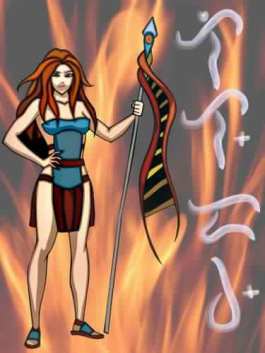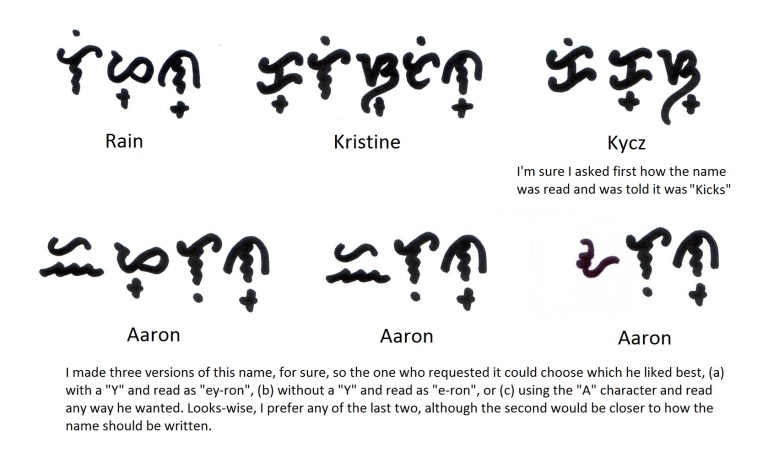Back in my Multiply days, I started a series that I called Filipino 101. It was short-lived because, for some reason, I got side-tracked. It was fun, though, and I think it is high-time I restart that.
 In How to Spell the Ancient Filipino Way, I touched on Philippine history. There, I mentioned that for nearly 400 years, we were colonized by Spain. I did not mention much about language, however. But if you have ever heard a conversation or read exchanges between Filipinos, you’d probably be thinking, “Wait a minute. Was that Spanish?” Chances are, you’re right.
In How to Spell the Ancient Filipino Way, I touched on Philippine history. There, I mentioned that for nearly 400 years, we were colonized by Spain. I did not mention much about language, however. But if you have ever heard a conversation or read exchanges between Filipinos, you’d probably be thinking, “Wait a minute. Was that Spanish?” Chances are, you’re right.
Becoming (Sort of) Spanish
Hard as they could, the Spaniards denied teaching their language to the Filipinos. But 400 hundred years is quite a long time to keep everything exclusively. The indios who were more well-to-do were able to afford an education denied to the lower class. That was how they learned Spanish or Español/Kastila.
Meanwhile, many Spanish terms and phrases used for everyday-things became normal everyday-terms, like the following:
Cómo estás? – “How are you?”, but we say “Kumusta?/Kamusta?” or “Kumusta ka?”
mesa/la mesa – table
cubiertos – utensils (“kubyertos”)
ventana – window (“bintana”)
silla – chair (“silya”); the local word is “upuan” or seat since “upo” means sit, so it’s a thing to sit on
pero – but
escuela or escuelas – school (“eskwela” or “eskwelahan”); the local word is “paaralan”, from the root word “aral” or study, so it’s a place for studying
para – for or to be able to (“para”/“para sa”); the local word is “upang”, but hardly anyone uses that in normal conversations
compadre – usually used for a male friend or companion (“kumpadre”/“kumpare”), especially when one is godfather to another man’s child, making them “co-fathers”
“Pare” is the most commonly used version to refer to or call a male friend, although sometimes, that can be used also to address a male stranger in a friendly manner (ex. “Pare, could you tell me where the mall is at? I’m new to this place.”), or in a sarcastic/annoyed tone (ex. “Pare, are you kidding me?”)
Comare/comadre or “kumare” is the female version BUT, online dictionaries say it is either Italian or Portuguese
camiseta – shirt (“kamiseta”), but in the Philippines, it’s usually a sleeveless and collarless shirt worn especially if it’s hot
Those are just some examples of Kastila words we have come to consider as Filipino ones. In fact, it has been so long that many of us don’t know or realize they are not ours. That explains, though, why many of us are able to pronounce Spanish well (at least those who do mind how to say it). We are used to the sounds. In some parts of the country, they can even speak the language well enough.
Meanwhile, when the parents of today’s middle-aged went to school, long after the Spaniards were gone, learning Spanish was a requirement. It isn’t now, that is why Filipinos can’t normally converse in that language.
Nosebleed because of Spokening Dollars
If you hear “spokening dollars” anywhere here, it refers to any English speaker. Yes, we love to coin amusing words and phrases like that. Speak in direct English and they may jokingly exclaim, “Nosebleed!” That means, “Oh my goodness! I can’t understand you. You’re making my nose bleed!” Sometimes, it’s a pure joke, sometimes, it’s really their way of letting you know they can’t understand you.
Today, English is the requirement in school and remains our second language. We learned this from the Americans after they helped drive away the Japanese during World War II. That is why many who grew up until the ’90s are good in American English. What happened to the next generations is another story.
Similar to the Spanish language, we have taken to using many English terms. We count in English, sometimes curse in English (the F- and S-bombs, especially the latter), even address the Christian god in English (“Lord”) when we pray.
Here are several English words we use:
Hello — “Hi” is common enough, but is less used
Good morning/afternoon — “Good evening” is known, but also less used; “Good day” is hardly used except by English speakers
Okay
Sorry
Of course!
Please
appear – It doesn’t mean what you think. Here, when someone says “Apir!”, you high-five (don’t ask me why)
chocolate
toothbrush, toothpaste
refrigerator
Many words sound too old-fashioned that we prefer the foreign ones, or they have no direct translations at all, like “refrigerator”.
In our ancient alphabet called baybayin, which we now try to revive, there are no characters that represent the following: C, F, J, Q, V, X and Z. Therefore, characters that sound the nearest to them are used when writing, though it depends on the words being written. In addition, we have the character “Ng”.
Our long-accepted modern-day alphabet does not have those, too. We used to call our ABC the ABaKaDa. (If you’ll play that vid above, you’ll hear how we read and pronounce words, especially “Ng”, which always baffles foreigners). Around two decades ago, they created the new Filipino alphabet and incorporated the English letters.
For me, personally, I thought that was stupid. Why? Because they were trying to fix something that was not broken. They said it’s because we now use words that make use of the English letters. But that’s because they’re just English words we’ve come to accept, and silly coined words that either do not mean anything or are bastardized versions of otherwise legit terms. I find it as some kind of dumbing down the people more. We used to be Pilipinos and our language, Pilipino, but somebody got the brilliant idea to use F instead.
That said,…
The ABaKaDa: A, B, K, D, E, G, H, I, L, M, N, Ng, O, P, R, S, T, U, W, Y
Ang Makabagong Alpabeto (The New Alphabet): A, B, C, D, E, F, G, H, I, J, K, L, M, N, Ṅ, Ng, O, P, Q, R, S, T, U, V, W, X, Y, Z
Da Ep, Fee, Bee en Bee
When it comes to the Filipino’s English accent, diction and pronunciation, that’s where you’ll most probably have a problem. So it’s better to know now.
Many of us understand very simple English. Some speak it very well. Some write it well but are too shy to converse with it. And there are those, shy or not, who have the Ep and Fee Syndrome–you tend to unintentionally get your Fs and Ps mixed up. (“It’s a nown pact dat feefol will olways rimember.”) And many of us do not see the difference between the B and the V when we speak. (“Da bidyo is berry good, Beronica.”)
I’ll let Pinoy Boy Mikey Bustos show you how it’s “done” with the very first viral video that made him famous to Filipinos.
Alright, I’ve shared a lot already. Next time I do Filipino 101, expect some basic vocabulary lessons. Meanwhile, I leave you with this other vid which is funny, but very true of Filipino parents 🙂
Hanggang sa muli!!! (Until then!!!)

























